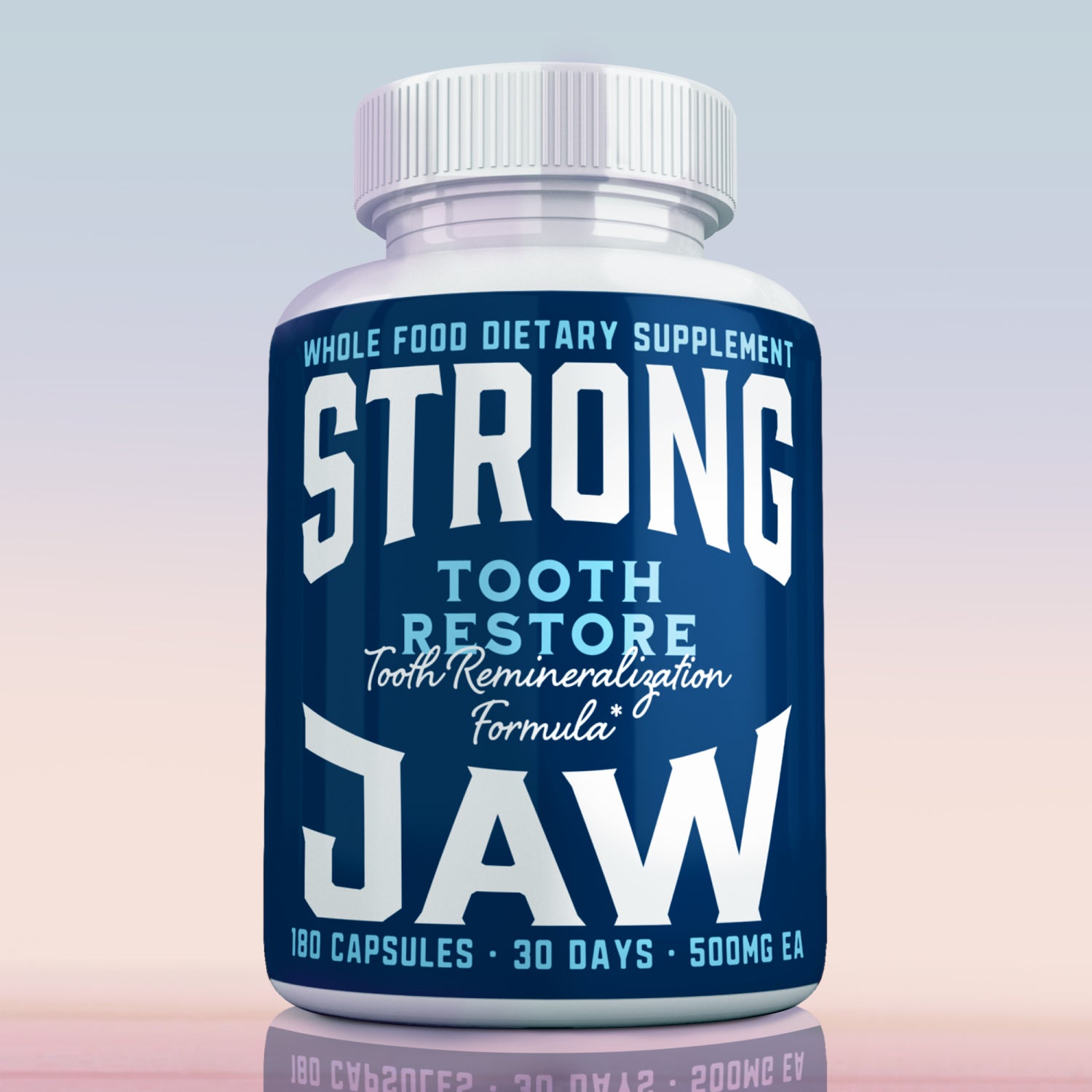Pacifier Teeth: Causes, Treatment and Prevention Strategies
Are you a parent concerned about the effects of pacifier use on your child’s teeth? You’re not alone. Many parents struggle to find a balance between soothing their fussy baby and ensuring their child’s long-term dental health. In this blog post, we’ll discuss pacifier teeth, the dental problems associated with extended pacifier use, and the steps you can take to prevent and treat these issues.
By understanding the causes of pacifier teeth and the types of misalignments that can occur, you can make more informed decisions about your child’s oral health. We will also compare pacifier use with thumb sucking and discuss various prevention strategies to help you navigate this tricky parenting challenge. So let’s dive in!
Key Takeaways
- Pacifier use can lead to misalignments, impacting oral health.
- Weigh the pros and cons of pacifiers carefully. Limit use & wean by age 2-3 for optimal dental health.
- Early intervention with a pediatric dentist is recommended to assess & treat pacifier teeth.
Understanding Pacifier Teeth
Pacifier teeth, a term referring to the misalignment of teeth caused by extended pacifier use, can be a significant concern for parents who rely on pacifiers to comfort their fussy babies. While pacifiers can offer relief and even reduce the risk of Sudden Infant Death Syndrome (SIDS), prolonged use can lead to dental problems. It is generally recommended to limit pacifier use before 24 months of age to avoid potential effects on your baby’s teeth development and to ensure pacifier teeth correct alignment.
The American Dental Association (ADA) has highlighted that comforts like pacifiers and thumb sucking can negatively affect the normal growth of a child’s teeth and mouth. Next, we’ll delve into the various types of misalignments caused by pacifier teeth and how pacifier use impacts oral health.
Types of Misalignments
Pacifier use can lead to various misalignments, including:
- Changes in the roof of the mouth
- Crossbites
- Open bites
- Underbites
- Crooked front teeth
- Protrusion of the tongue
- Jaw misalignment
An overbite, for example, occurs when the upper teeth extend beyond the lower teeth when the mouth is closed. An open bite, on the other hand, is a dental condition in which the upper and lower teeth slant outwards, and the front teeth, including buck teeth, do not overlap when the mouth is closed.
Posterior crossbites and crooked teeth are other common misalignments caused by pacifier use. A posterior crossbite occurs when the upper back teeth are located within the lower back teeth when the mouth is shut. Crooked teeth refer to teeth that are not arranged correctly. Having a clear grasp of these misalignment types aids in recognizing pacifier teeth and finding suitable treatment.
Impact on Oral Health
Extended pacifier use can have adverse effects on your child’s oral health, potentially resulting in misaligned teeth, impaired jaw development, and inhibited swallowing reflexes. Prolonged pacifier use can lead to dental issues like crooked teeth or bite problems. Dentists usually advise the use of orthodontic pacifiers and moderate pacifier usage, particularly beyond the age of three, to lessen the potential for pacifier teeth.
Orthodontic braces, dental appliances, and surgery are viable treatment options for addressing pacifier teeth. However, early intervention is key to achieving the best results. Consulting a pediatric dentist can help you make informed decisions about your child’s pacifier use and potential dental issues.
The Pros and Cons of Pacifiers
While pacifiers can provide comfort to distressed infants and reduce the likelihood of sudden infant death syndrome in their first year of life, they are not without drawbacks. Prolonged pacifier use has effects on teeth and mouth. Some of them include developed pacifier teeth, tooth gaps, and shape changes to the roof of the mouth. These problems can impact dental health.
In addition, pacifier use has been associated with an increased risk of ear infections for children between 6 months and 2 years old. Orthodontic pacifiers are often suggested as more beneficial for dental health, but both orthodontic and traditional pacifiers can potentially lead to bite issues if used for extended periods.
Balancing your child’s comfort, especially when dealing with a fussy baby, and their dental health requires an understanding of the advantages and disadvantages of pacifier use. Many parents also need to employ suitable prevention strategies to ensure their child’s well-being.
Thumb Sucking vs. Pacifier Use

Both thumb sucking and pacifier use can cause similar dental issues in children, leading to misalignments and oral health problems. Breaking a thumb-sucking habit can be difficult. On the other hand, weaning a child off pacifiers can be relatively easy. This is because unlike pacifiers, you cannot simply remove a child’s thumb from their mouth. Reminders from caregivers may be necessary to curb thumb or finger sucking, particularly during bedtime when the child is most likely to self-soothe.
The American Academy of Pediatric Dentistry suggests that pacifier use is preferable to thumb sucking. Irrespective of your child’s preference for a pacifier or thumb sucking, it’s paramount to keep an eye on their habits and guide them towards stopping at a suitable age to avert dental complications.
Prevention Strategies for Pacifier Teeth
To prevent pacifier teeth, experts recommend:
- Weaning your child off pacifiers and thumb sucking by the age of 2 to avoid dental malocclusions
- Opting for orthodontic pacifiers, which are designed to reduce the risk of developing malocclusions
- Restricting pacifier use to certain times
These measures can be beneficial in preventing pacifier teeth, which can affect baby teeth as well as baby’s teeth.
Limiting pacifier use to naps and nighttime is another effective strategy for minimizing its impact on your child’s oral health. By implementing these prevention strategies, including using a pacifier only during sleep, you can help ensure your child’s dental health is not compromised by their pacifier use.
Appropriate Age for Weaning
Weaning a child off a pacifier should ideally begin around 12 months of age and be completed by age 2-3 to prevent pacifier teeth. The American Academy of Pediatrics and the American Academy of Family Physicians recommend weaning children from the pacifier between six months and one year.
Weaning a child off a pacifier by age 2-3 can help avoid pacifier teeth and other dental misalignments. Parents should be prepared to patiently and consistently work towards weaning their child off pacifiers. It may be challenging, but the long-term benefits to your child’s dental health are worth the effort.
Orthodontic Pacifiers
Orthodontic pacifiers might assist in lowering the likelihood of dental complications, but timely weaning remains of utmost importance. These pacifiers feature a newborn with a flat bottom and a slightly rounded top, designed to mimic the muscle movements used while breastfeeding. Research has shown that the use of an orthodontic pacifier is associated with a decreased risk of pacifier teeth.
While orthodontic pacifiers can be helpful, it’s important to remember that they are not a guarantee against dental issues. Parents should still work towards weaning their child off pacifiers at the recommended age to ensure the best possible dental health outcome.
Limiting Pacifier Use
To mitigate the effects of pacifier use on a child’s dental health, it’s advisable to confine its use to nap and bedtime. Limiting pacifier use can bring about numerous advantages, such as:
- Improved dental health
- Advanced speech development
- Increased self-soothing abilities
- Decreased likelihood of ear infections
- More beneficial sleep patterns
By setting boundaries around pacifier use, you can help your child develop healthier habits and prevent potential dental problems caused by prolonged pacifier use.
Treatment Options for Pacifier Teeth
Treatment options for pacifier teeth include orthodontic appliances such as braces, Invisalign, and palatal expanders. Early intervention is recommended for the best results, as it allows for optimal correction of dental issues caused by pacifier use.

Seeking advice from a pediatric dentist is vital to assess your child’s oral health, understand pacifier use, and chart the most effective plan to prevent and treat pacifier teeth. By seeking professional advice and acting early, you can ensure the best possible outcome for your child’s dental health.
Tips for Weaning Your Child Off Pacifiers
Gradual reduction is one effective strategy for weaning your child off pacifiers. Here are the steps to follow.
- Begin by limiting pacifier use to specific times of the day, such as nap time and bedtime.
- Gradually decrease the amount of time your child is allowed to use the pacifier.
- Offer alternative comforts, such as a stuffed animal or blanket, to help your child feel secure and soothe themselves without a pacifier.
Another creative method for helping your child transition away from their child’s pacifier is the “pacifier fairy” approach. This involves having your child place their pacifiers in a designated box and then having an imaginary “fairy” collect them. The key is to be patient and consistent in your efforts to help your child break the pacifier habit.
Consultation with Pediatric Dentists
It’s vital to seek advice from pediatric dentists for an assessment of your child’s oral health and to decide the optimal approach for preventing and treating pacifier teeth. A board-certified pediatric dentist can provide you with evaluation, support, and advice regarding your child’s pacifier use.
If your child has a persistent sucking habit, a pediatric dentist may suggest a mouth appliance to assist in ceasing the habit. By working closely with a pediatric dentist, you can ensure that your child receives the best possible care for their dental health, including their child’s teeth, and develops healthy oral habits.
Summary
In conclusion, understanding the causes and potential dental issues associated with pacifier use is vital for parents who want to ensure their child’s long-term dental health. By recognizing the types of misalignments that can occur due to pacifier use and implementing prevention strategies, such as weaning at an appropriate age, using orthodontic pacifiers, and limiting pacifier use, you can help your child avoid pacifier teeth and maintain good oral health.
Don’t hesitate to consult with pediatric dentists for expert advice and support when it comes to your child’s pacifier use. By taking proactive steps and working closely with dental professionals, you can set your child on the path to a lifetime of healthy smiles.
Frequently Asked Questions
What age does pacifier affect teeth?
Dental experts advise weaning off the pacifier by preschool-age to prevent interference with teeth development.
The AAP suggests that pacifier use should stop no later than age 2, and pediatric dentists recommend ceasing pacifier use by 36 months; if it continues beyond age 4, serious dental malformations may occur.
Will pacifier teeth correct themselves?
If weaned from the pacifier before permanent teeth grow in, there is a good chance that bite and alignment will self-correct.
However, if detected after 24 months of age, it may take 6 months for self-correction, otherwise dental interventions may be necessary.
What age should pacifiers be taken away?
For the best dental health, it’s recommended that pacifier use be stopped by 18 months of age according to the American Academy of Pediatric Dentistry (AAPD).
Alternatively, stopping pacifier use before 2 to 4 years is also suggested.
How do you wean off pacifiers?
Weaning your toddler off a pacifier can be done gradually by limiting its use to certain times, such as naps and nights. You can also use strategies such as introducing a lovey or special day for them. Cold turkey may also be an option if you prefer.
The American Academy of Pediatric Dentistry recommends weaning before age 3.
Can a newborn sleep with a pacifier?
It is safe for newborns to sleep with a pacifier as long as parents follow safety guidelines set by the American Academy of Pediatrics, which advises that pacifiers help reduce the risk of SIDS.
Breastfed babies should wait until they are at least 3 to 4 weeks old and have settled into a breastfeeding routine before using a pacifier.



